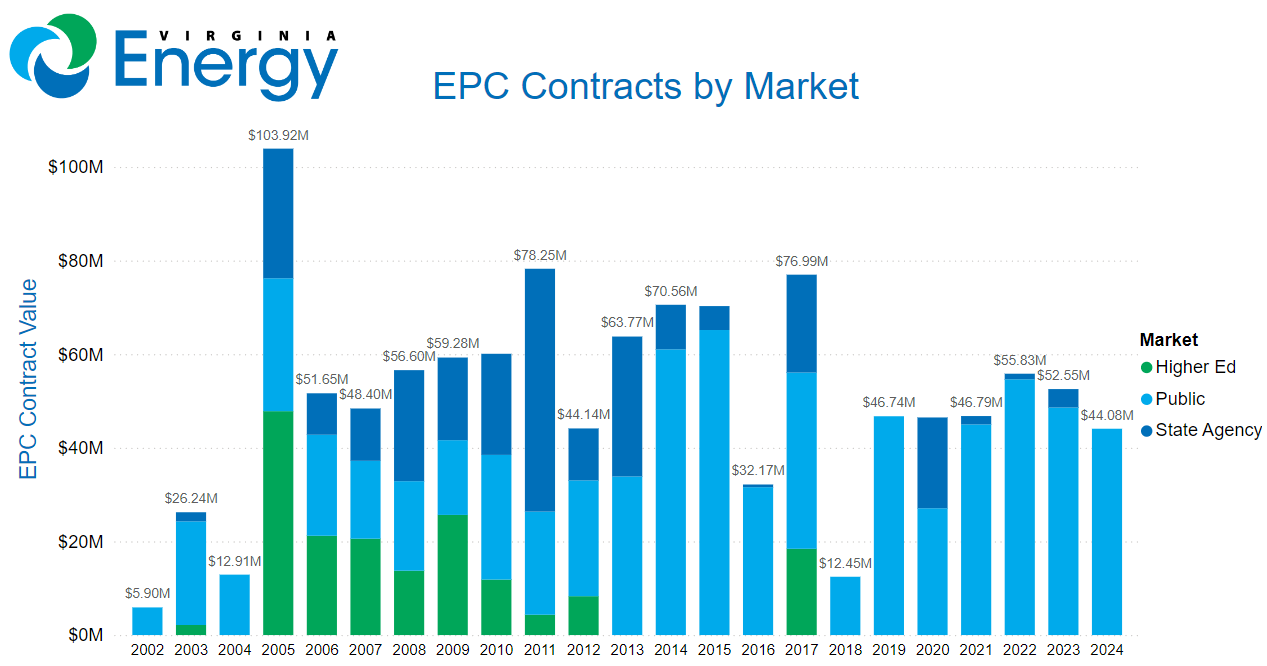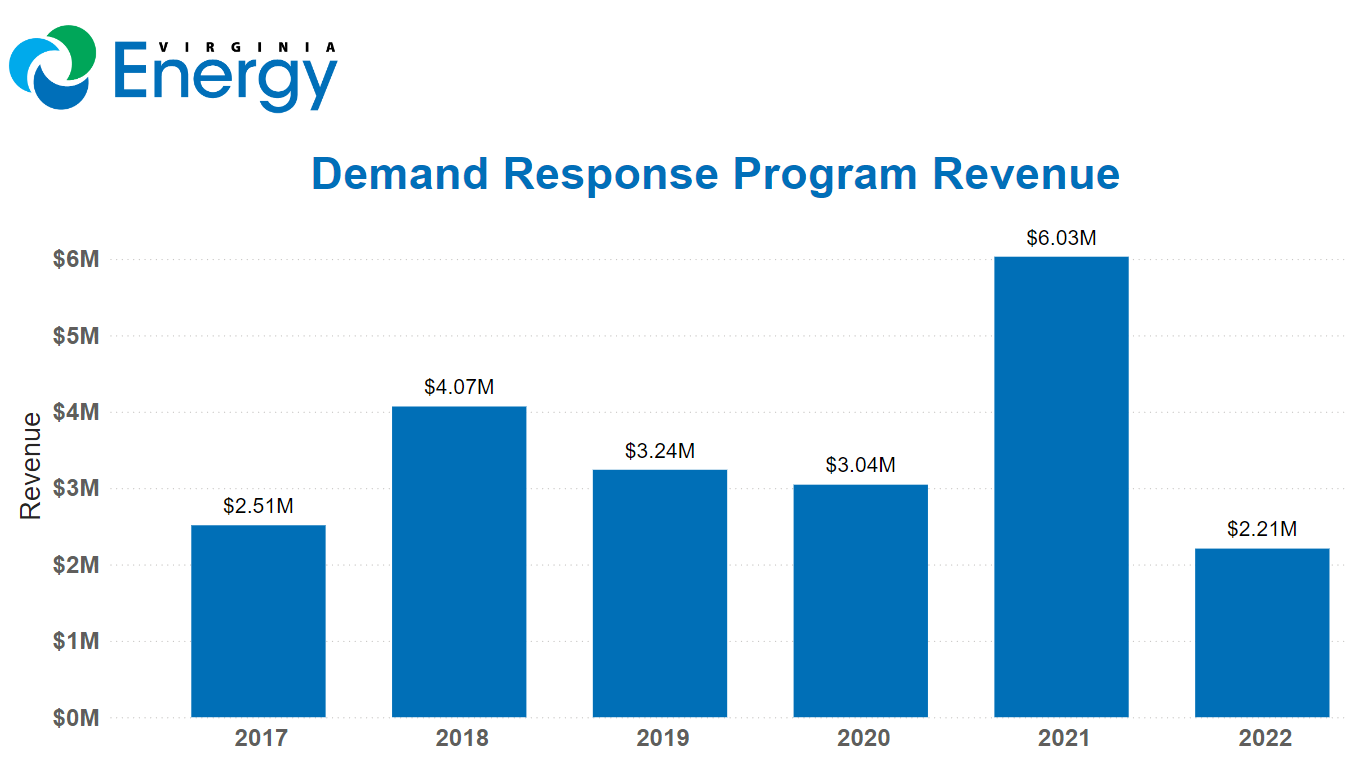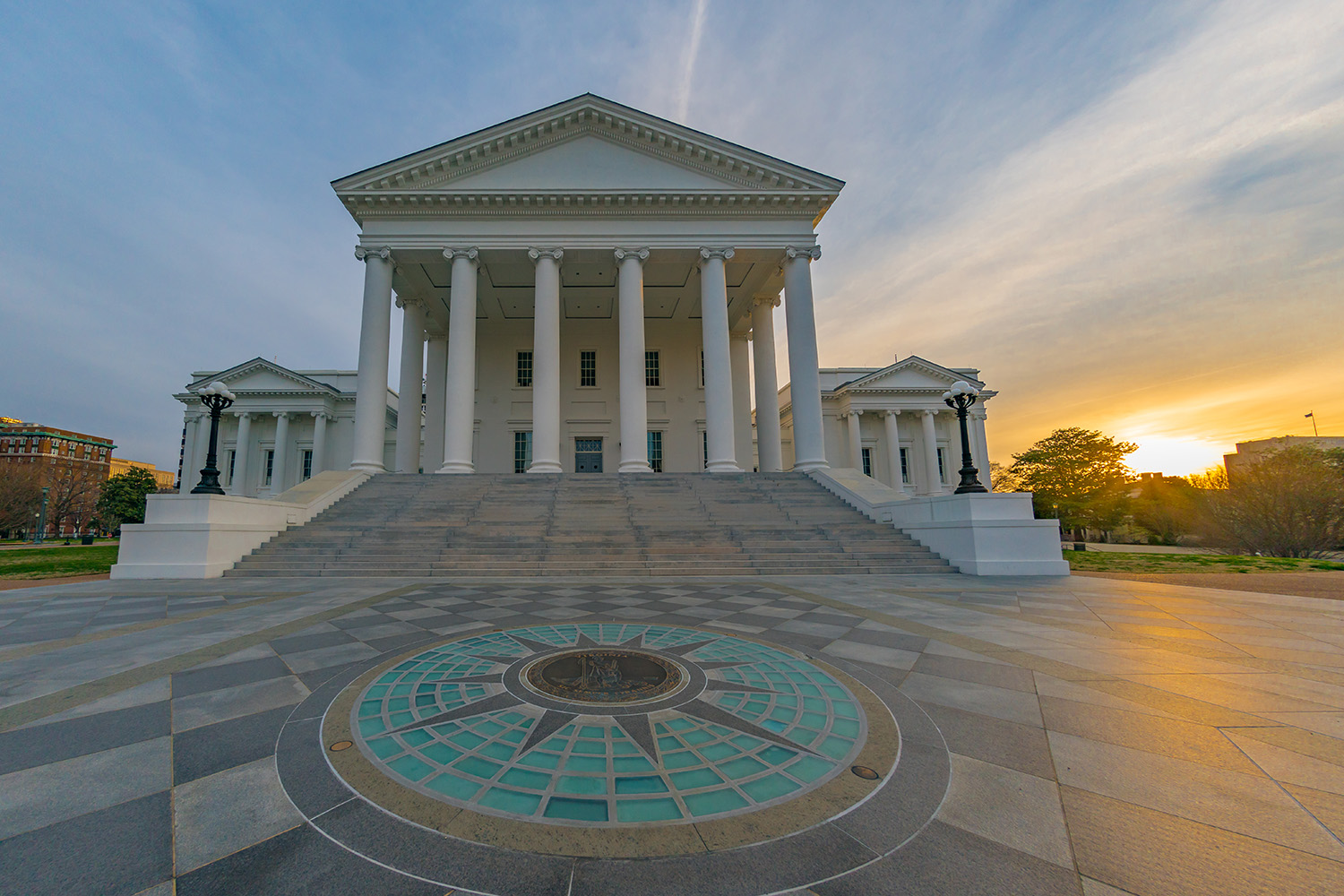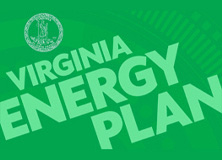Virginia Energy's Energy Efficiency Team works to increase energy savings for the Commonwealth through several programs and policies. The team is on the forefront of expanding the Commonwealth's clean energy inventory and providing access to clean energy programs to all Virginians.
Energy Efficiency
Energy Savings Performance Contracting
Since 2001, Virginia Energy's Energy Savings Performance Contracting (ESPC) program has worked with state agencies and other public bodies to enter into a contract with energy service companies to significantly reduce energy costs. The goal is for the improvements to pay for themselves through reduced energy costs. In June 2021, the program celebrated over $1 billion in energy savings across the Commonwealth. Learn more about our Performance Contracting here

Energy Emergency Support
The Commonwealth of Virginia Emergency Operation Plan (COVEOP) identifies emergency response policies, describes the response organization, and assigns tasks by Emergency Support Function (ESF). ESFs represent members of the public and private sector who serve on the Virginia Emergency Support Team (VEST). The Commonwealth of Virginia's State Energy Office (SEO) serves as supporting agency for the energy emergency support function. This includes all energy systems and their components, and the agency works with the State Corporation Commission (SCC) to respond. Virginia Energy oversees emergency response related to petroleum products and the SCC does the same for electricity, natural gas, and pipelines. Restoration of any damaged system is coordinated and scheduled during and after an emergency. Virginia Energy also oversees the Energy Security Plan which is part of the COVEOP. It is a comprehensive guide for energy emergency response.
Demand Response
Demand Response programs pay facilities to reduce energy load during times of grid stress or high energy prices. Sometimes, the demand for energy outpaces the grid's ability to supply it, causing brownouts or blackouts. Instead of producing more energy at great expense to consumers and the environment, the grid operator can offset the imbalance by reducing the amount of electricity being consumed when demand exceeds supply. That's Demand Response, and it can be very financially rewarding for organizations like yours! Learn more about our Demand Response here

Energy Data Warehouse
The Energy Data Warehouse captures the most up-to-date data on state agencies' energy use. Not only does it highlight champions of energy conservation, it provides examples of best practices for those needing support to increase energy efficiency. These measures offer support implementing innovative technologies all with the end goal of meeting the Commonwealth's energy efficiency goals. Learn more about our Energy Data Warehouse here

Virginia State Capitol
Energy Financing
Property Assessed Clean Energy (PACE)
Property Assessed Clean Energy (PACE) is a means of financing energy efficiency upgrades, disaster resiliency improvements, water conservation measures and renewable energy installations at a property with no up-front cost to property owners. PACE financing can cover 100% of project costs. Repayments are made on the property tax bill over a period of up to 30 years, enabling projects that provide cost savings from day one. Learn more about Property Assessed Clean Energy here



